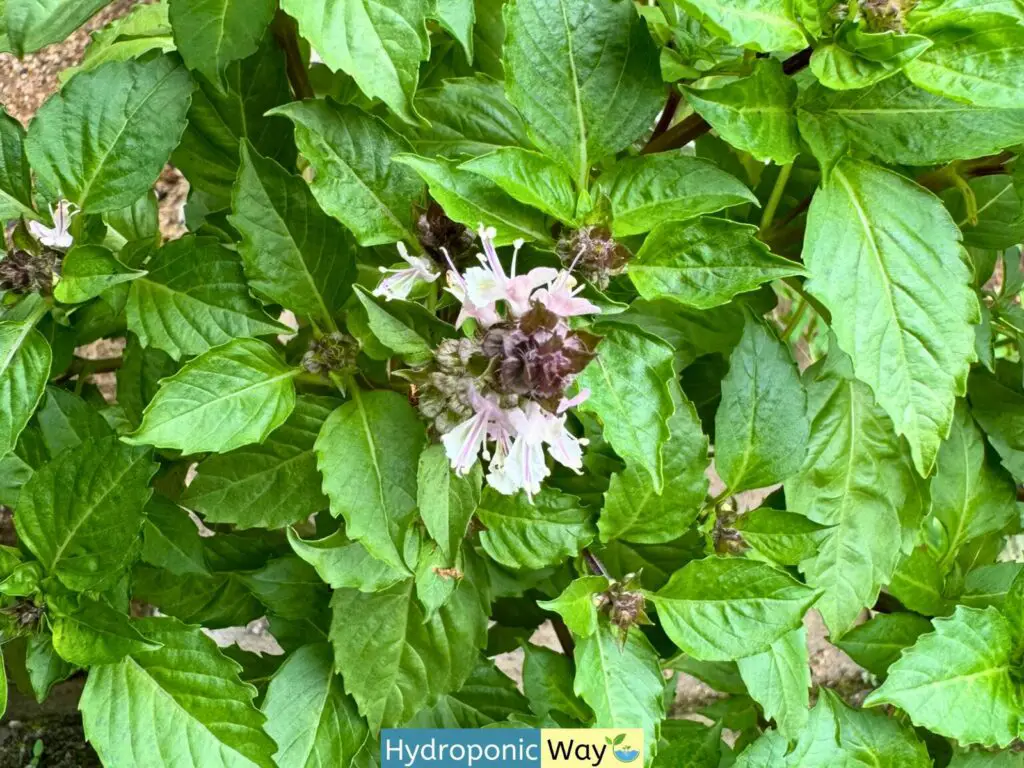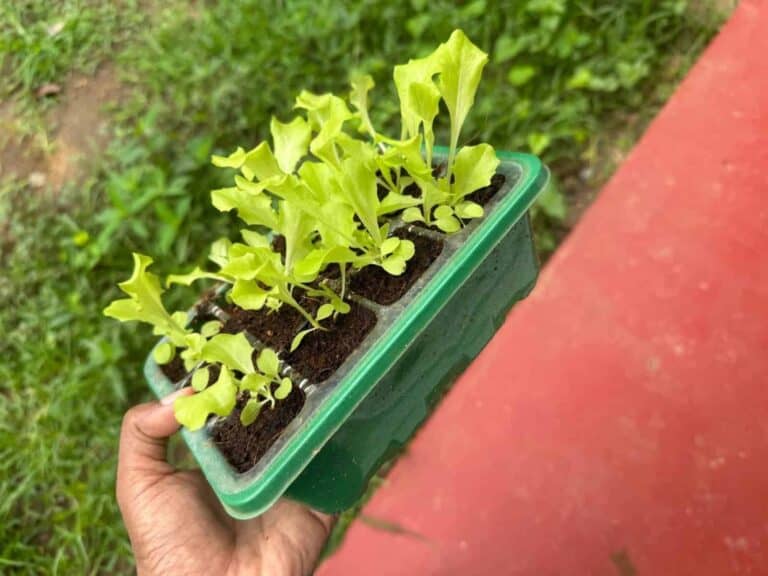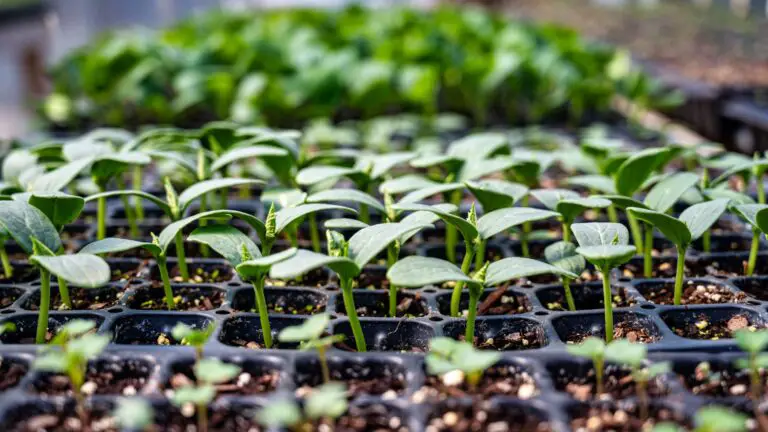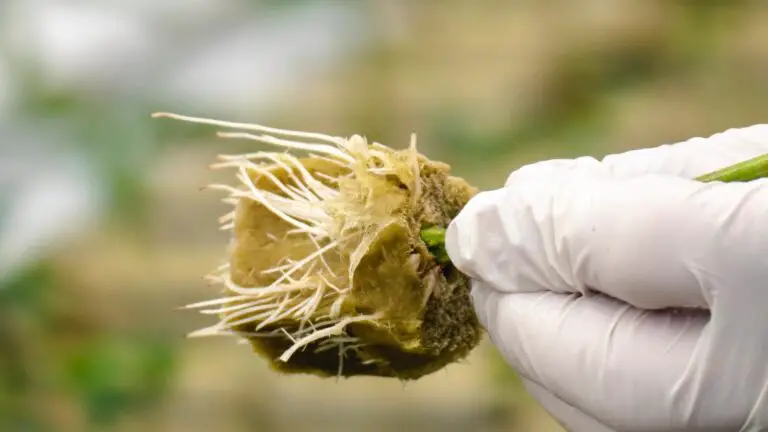Why Does Basil’s Stem Turn Woody?
Basil is a beloved herb for many. Many basil lovers grow it on their own. It’s also a successful crop for hydroponic and indoor gardeners. Yet, almost everyone encounters one problem. Basil’s stems turn woody at around 4-6 months.
Should you be worried if your basil’s stems turn woody? Can you revive woody basil? Can you prevent or delay this? Is this a problem for hydroponic basil, too? These are the focus of this post.
Why do basil stems turn woody, and should you worry?
You and many others grow basil for its tender leaves. The young leaves are flavourful and very aromatic. Yet plants that grow in their natural habitat have different plants. Basil’s stems turning woody is the plant’s natural process. There’s nothing wrong with the plant, but it can be undesirable for our use in the kitchen.
Basil is an annual plant. This means it’s grown for a single year, and the following year, you replant. This doesn’t mean basil dies after one year. Some have grown the same basil plant for several years. Yet, the basil plant produces excellent quality leaves in about six months.
Most basil varieties start to bloom after 4 or 6 months. If the flower buds are left to bloom, the plant will mature. This means its leaves become thicker and taste bitter. Also, its stems turn woody. You may also notice some areal roots in the woody basil plant.

We outlined some prevention techniques, but you can’t avoid the plant’s desire to mature. In their natural settings, producing seeds is the plant’s best bet to reproduce unless another animal chews it and drops it elsewhere. It doesn’t know you have control over its reproducibility.
How do you delay woody stems in basil?
Harvest! Yes, just cut the stems.
Different basil varieties flower at different times. Blooming starts around 4-6 months when their stems turn woody. When they bloom, flower buds appear at the tip of every stem. But if you keep harvesting or pruning your basil plant, there won’t be any flower buds. Thus, no flowering, woody stems, or bitter-tasting basil leaves will exist.

You can harvest basil once they have the second set of true leaves. All you need to do is to keep the first set of true leaves and cut the stem about one-third of an inch above the first true leaves. New stems will start to grow near the remaining leaves.
This way, the basil plants can stay young for a prolonged period.
Imagine the basil plant is growing in a forest. When it can’t flower, it needs to attract herbivorous animals. Basil’s technique is to do this by using aromatic and flavourful leaves. This is what happens when you regularly prune basil plants.
Yet, you can’t go against the plant’s natural desires. Even with pruning, the plant will eventually turn woody. And you need different techniques to handle this situation.
Related: How To Prune Basil For A Flavorful, Bushy Plant Forever
What do you do if the basil plant’s stems turn woody anyway?
It’s a matter of time. Regular pruning can delay the plant’s maturation. But you can’t prevent it. Once they’ve matured, the best thing to do would be to abundant the plant. Yes, it’s time to throw it.
But wait.
You can reproduce basil for the next season if the mature plant is healthy and shows no infection.
Related: Hydroponic Basil Pests and Diseases

If your basil plant has already bloomed, you can save the seeds to propagate later. But you know that basil can also be grown from cuttings. Make sure to cut all the young stems from the mature plant and put them in a jar of water. You’ll see the cuttings grow roots in two weeks. Then, transplant it to your hydroponic system or pot.
Related: How to propagate basil from cuttings
How do you grow basil all year round, avoiding woody stems?
To have basil all year, you should have plants with different maturity levels—plant basil at about two-month intervals. You can have about three or four plants. When the first one starts to bloom, throw it away and plant its young cutting. This cutting would produce leaves in two months. The cycle will continue to produce basil leaves all year round.
Yet, your country’s seasonal variation should support this. Most equatorial countries do have this benefit. But if your summer temperature is drastically different than the winter temperature, growing basil all year round is very challenging. Otherwise, it would be best to grow them in a controlled environment, like a grow tent or a greenhouse.
If you grow basil in hydroponics, use a system that supports successive planting. Systems like NFT, flood and drain, DWC, and drip support successive planting. Yet, if you’re growing basil using the Kratky method, you can’t have two basil plants at different maturity levels in the same system. If you do, the more mature plant with well-grown roots will drink more water, and the young ones will be unable to reach the nutrients.
Even in systems like NFT, you should leave enough space for the young basil plants. Basil loves the sun, and if the young plants are covered by the leaves of the more mature ones, their growth will be stalled.
Soil-based gardeners should also avoid planting young basil seedlings too close to mature ones. So, don’t have successive plants in the same pot.
Conclusion
Basil loses its flavor with time. One notable sign of a plant’s maturity is flowering. The other is woody stems.
In this post, we’ve discussed how to prevent the plant from reaching maturity and what to do if it does. The planting cycle suggested here would help you grow basil leaves all year round.







